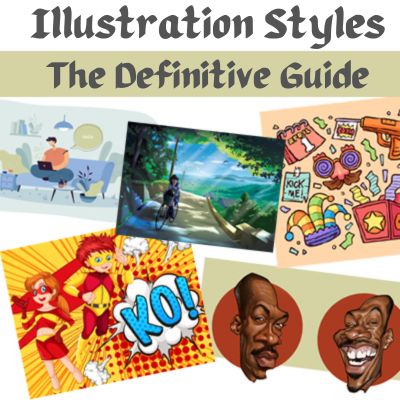
Illustrations are the visual representation of an idea or concept. They can communicate concepts aesthetically and informatively.
Illustrations come in many styles, like cartoons, caricatures, comic books, and many more.
The style you choose will depend on the project’s purpose, audience, medium, cultural & social context, functionality, and trends, to name a few.
In this definitive guide to illustration styles, we’ll explore and understand eleven different illustration styles.
If you are a beginner learning digital illustration, this guide will provide you with a comprehensive overview and broaden your understanding of the art form. Others can use this article as a reference.
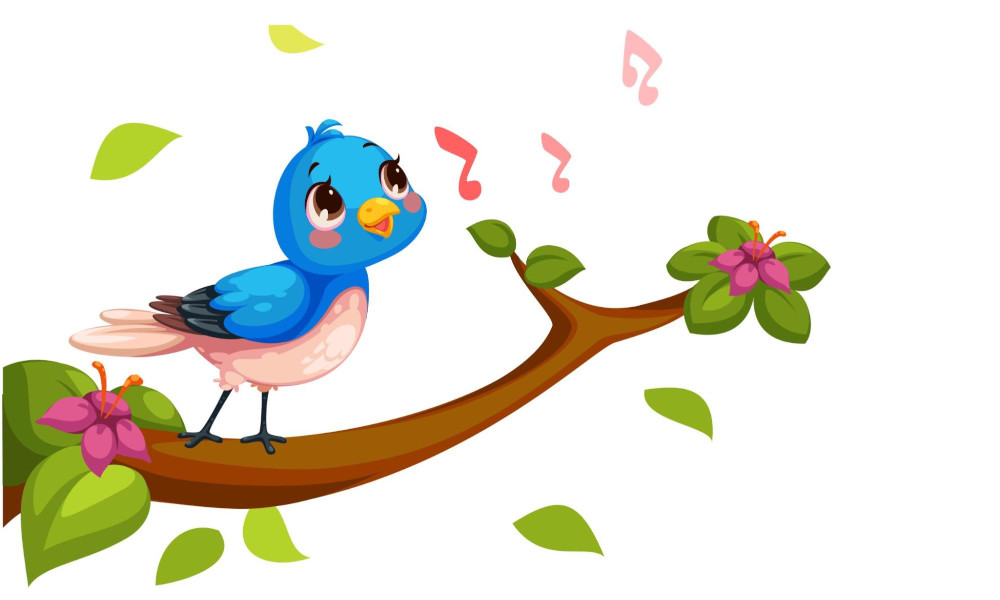
Cartoons are whimsical, exaggerated drawings of characters and environments with a focus on creating an entertaining story. They often feature bold line work, bright colors, and humorous compositions.
Lighting and shading play an integral role in making illustrations look captivating. If you want to master these skills, take our course on “Mastering Lighting and Shading.”
The most important quality of cartoon-style illustrations is their ability to transport viewers out of reality and into another world. They can explore new ideas or escape mundane day-to-day life in this world.
Cartoon-style illustrations are also perfect for conveying humor, sarcasm, irony, satire, and other expressions that would be difficult to express without the help of other visuals.
They can also simplify complex concepts or topics, making them easier for children or novice audiences to understand.
Cartoons are often confused with comic-style illustrations. However, there is one key distinction between the two.
Cartoons can communicate an entire thought process or story arc in just one or a few frames. In contrast, comics focus on storytelling through a series of panels.
Overall, cartoon-style illustrations have become one of the most effective ways for creators to connect with their audiences in meaningful ways. If you want to learn to draw cartoons check out the course “Drawing a Cartoon” on 21 Draw.
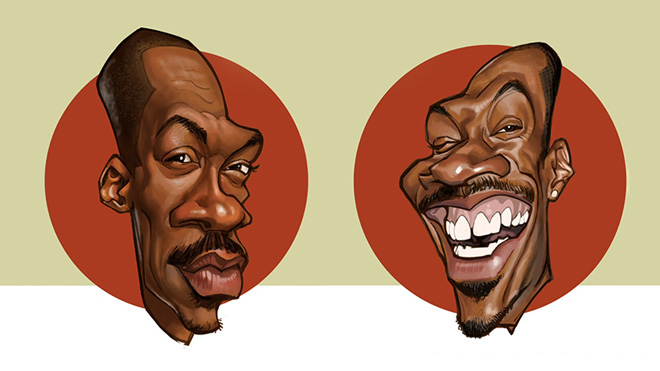
The Caricature style of illustration is a visual representation of an individual, usually in the public spotlight, emphasizing and exaggerating certain facial or physical features to create a comical or satirical effect.
Usually featuring large heads and small bodies, caricature art captures key physical features of the subject and distorts them to produce a humorous mocking or parodic effect.
By doing this, the artist can communicate their feelings about their subject without writing a lengthy essay explaining it.
Caricature illustrations typically focus on political personalities and figures in authority due to their effectiveness as a form of biting commentary.
The exaggerated facial expressions in caricatures also make it easier for viewers to process quickly and help them remember the message contained within the artwork.
Given these qualities, caricature art has become an invaluable tool for satire. Even though it is meant to be lighthearted, caricature can also be used to highlight social injustices or draw attention to public figures.
As such, this illustration style can be quite powerful when used correctly.
Check out our course “Drawing Caricatures” to learn this wonderful art form.
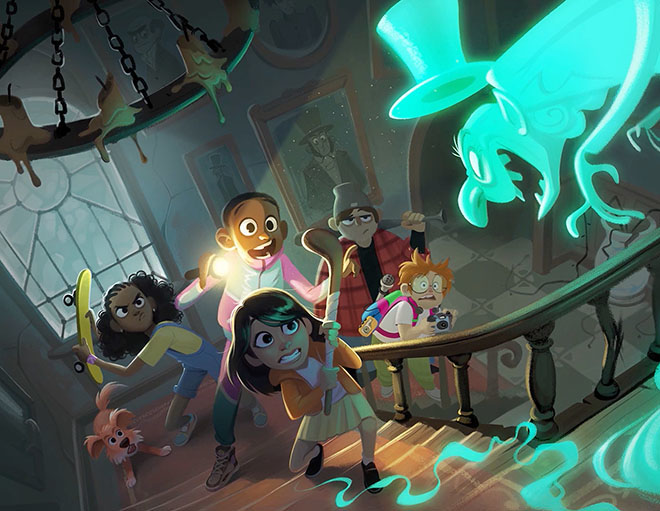
Fantasy illustrations can transport viewers to a world of fantasy and imagination. They are characterized by vivid colors, intricate detail, and fantastical elements that help bring stories to life.
It takes the imagination of its illustrators to new heights, creating vivid images of supernatural and fantastical scenes, objects, creatures, and characters. These characters are designed with unique features that add even more depth and dimension to the artwork.
If you also want to design some fantastic characters check out our courses, “Dark Fantasy Character Design“, “Character Design Made Easy“, “Monster Mashup“, and “Fundamentals of Character Design.”
Fantasy illustrations often depict mythical figures, creatures, and landscapes from far-off lands or futuristic spaces. Through visual symbolism, fantasy illustrations can evoke emotions ranging from awe and wonder to fear and dread.
This illustration style is commonly used by game developers, authors, filmmakers, and many other creative outlets.
Overall, fantasy illustrations are captivating visual works that engage viewers and provide an escape from reality into a world full of imagination and wonderment.
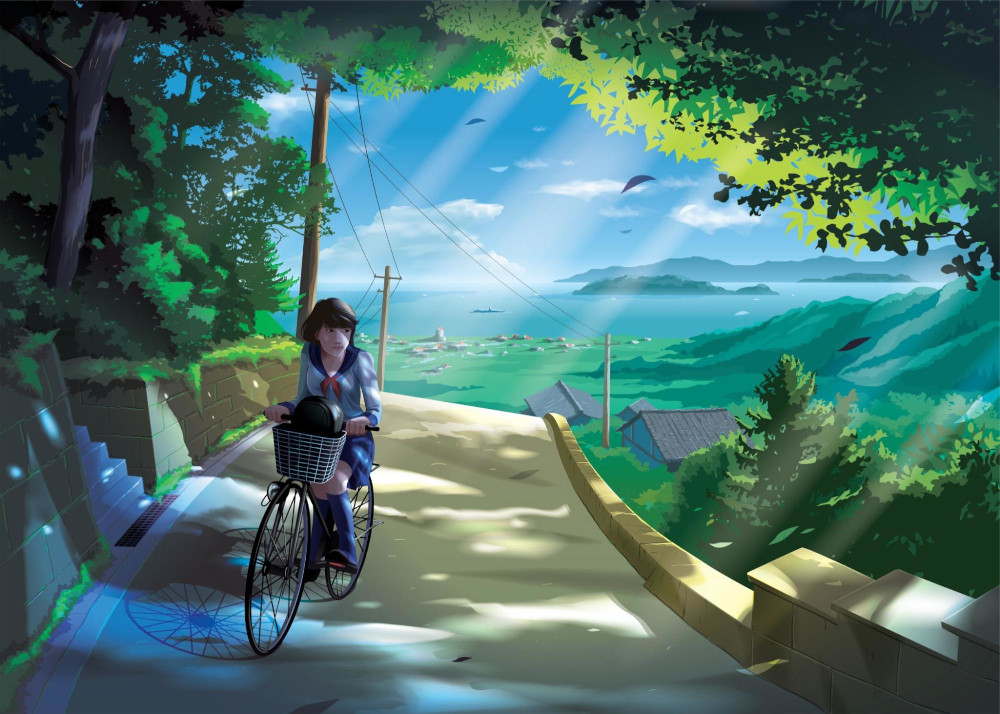
The anime-style illustration is widely recognized for its highly stylized approach to depicting characters. It invokes a sense of romanticism and expresses a wide range of emotions.
The most defining feature of anime-style illustrations is their character design. They feature characters with exaggerated physical proportions, like bulky masculine men or hyper-feminine female figures with lithe bodies.
The characters often have large, expressive eyes, articulated hairstyles, emotive mouths, and subtle facial expressions. Clothing and design elements are also used to express the characters’ emotions.
If you’re interested in creating fantastic anime characters, check out our courses “Introduction to Stylized Characters” and “Drawing Character Poses with Personality.” These courses will help you develop your skills in creating unique and captivating characters.
The colors in anime illustrations can range from bright and vibrant to subtle earth tones, depending on the mood or atmosphere the artist wishes to create.
In addition, many anime illustrations use dramatic lighting effects that add depth and atmosphere to the artwork.
Furthermore, many anime styles contain visual metaphors that viewers interpret differently based on their cultural backgrounds and experiences. This allows for multi-layered interpretations that make anime illustrations even more alluring.
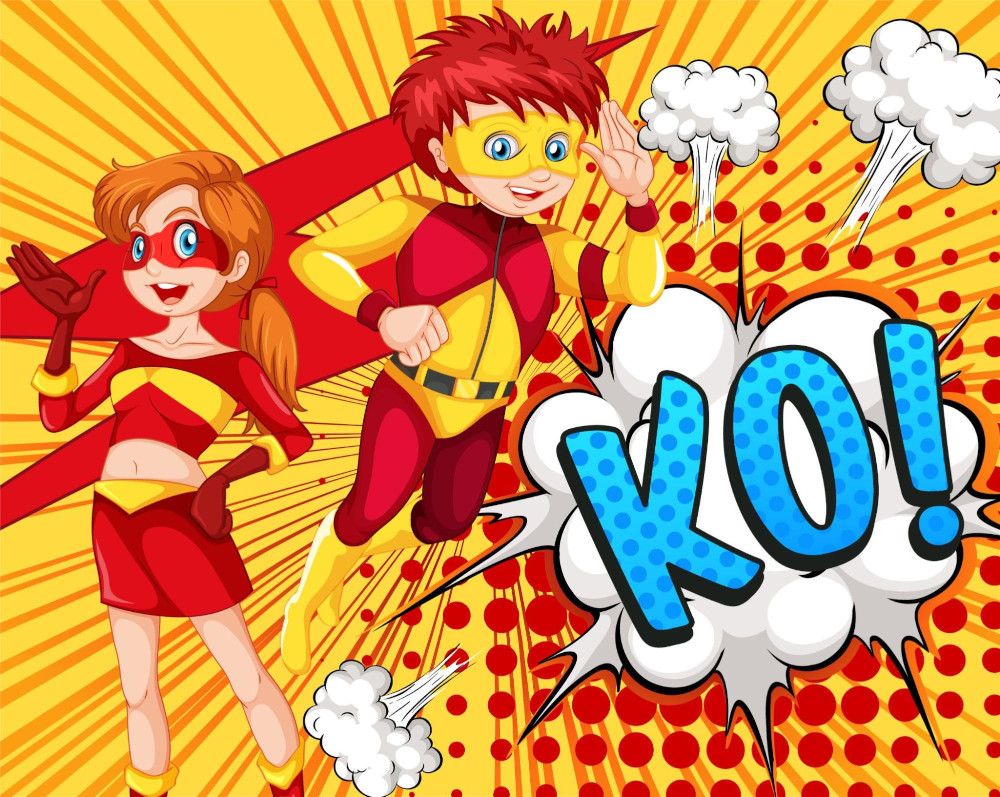
Comic Book illustration style is characterized by its vibrant, cartoon-like visuals, imaginative storylines, and humorous dialogue.
The comic book format consists of individual scenes, or “panels,” arranged in a grid pattern to tell a story. Each panel contains a narrative, and the dialogue is usually presented in distinctive speech bubbles.
Comic books can be funny, dark, or even surreal and provide a unique expression for illustrators to explore.
If you want to create comic-style illustrations and capture the essence of this art form, our courses, “Telling a Story Through Illustration“, “Stylized Anatomy for Comics“, and “Draw Manga Characters From Scratch” are perfect for you.
By taking these courses, you’ll be able to express yourself through dynamic characters and captivating stories that will bring your work to life.
Graphic novels are another type of illustration that is similar in style but often contains much more detailed illustrations and longer story arcs than traditional comics.
Exploring graphic novels and comic book illustrations can benefit illustrators interested in this art style. By doing so, they can discover exciting ways to portray characters and expand the range of storytelling possibilities.
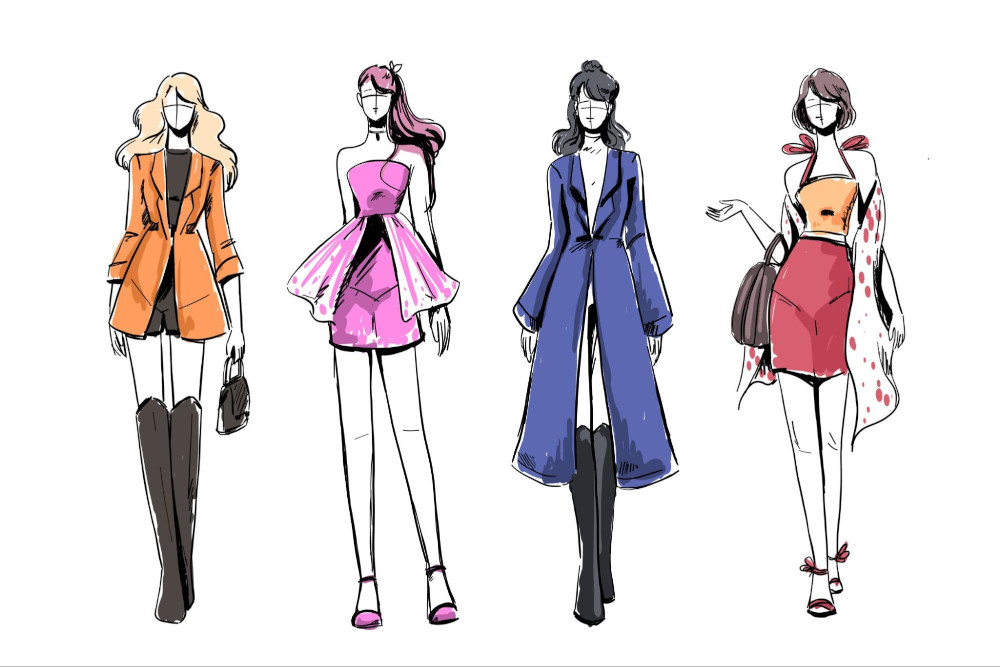
Fashion illustration is a type of art that communicates the ideas of a designer’s collection. It is usually in the form of drawings, either as sketches or more refined renderings with intricate details.
It captures the design and aesthetics of clothing, shoes, and accessories to create an image that conveys the message behind the collection.
The illustrator must clearly understand the human form and how clothing fits to display the look created by a designer accurately.
This includes understanding the fabric and showing how it drapes on a person to draw clothes realistically. Fashion illustrators also pay attention to other elements like hairstyles, makeup, and accessories to make illustrations more vivid.
You can check out our courses “Fundamentals of Drawing” and “Gesture Drawing” to understand the basics of anatomy and human form to draw illustrations perfectly.
With its ability to tell stories through visuals alone, fashion illustration has become essential for any fashion house looking to promote its collections successfully.
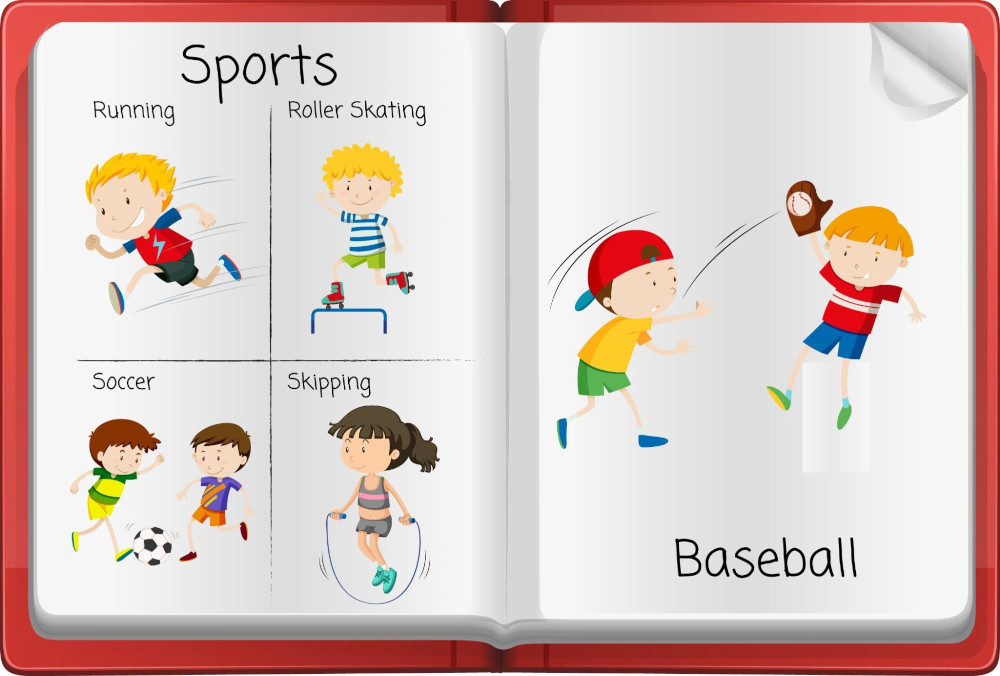
Book Illustration is a form of art that brings stories to life through imagery. It helps readers understand the text better and adds another layer of creativity and imagination.
This type of art can take on many forms, ranging from detailed, hand-painted illustrations to bold graphic design or modern digital artwork.
An illustrator often works directly with the author and publisher to create artwork that captures the essence of the story while still being visually appealing.
Different illustration styles are often used in different genres, such as cartoons in children’s books or realistic depictions in historical fiction.
Overall, book illustration is essential to the publishing world. It helps readers engage with the story and makes books come alive.
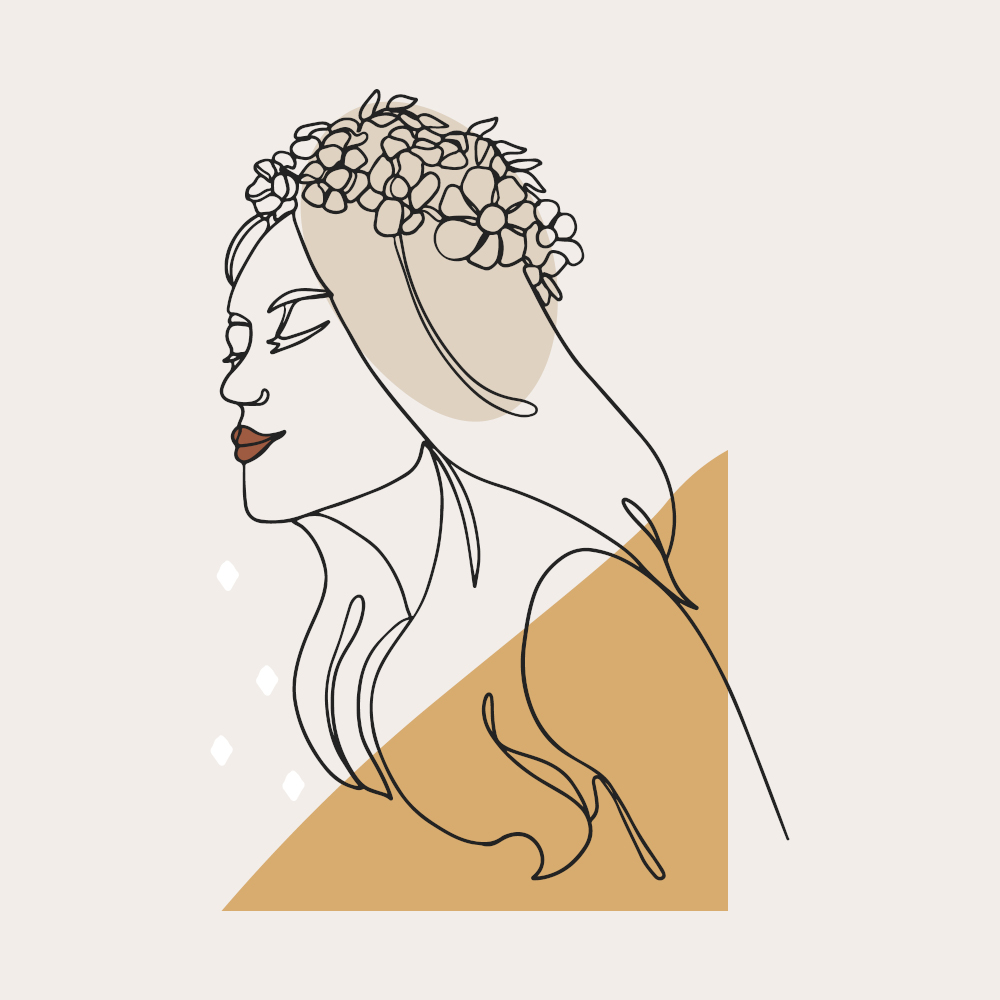
Line art is an illustration style that emphasizes form rather than intricate details. It is defined by its use of rudimentary lines, shapes, and colors that are generally free from complex backgrounds.
The main elements in line art include direction, curves, weight, type of line, hatching, and crosshatching. The illustrator can apply these basic strokes skillfully to create expressive images with layers of texture and emotion.
The forms presented by line art can vary from two-dimensional to three-dimensional depending on what is necessary for the artwork.
Combining all these factors, an illustrator can create realistic-looking illustrations without adding unnecessary detail.
Line art can be used for concept drawings or preliminary sketches that either stand on their own as a finished product or develop into fully realized designs later. It has become popular among graphic designers specializing in logos and web design.
Line art is a great way to convey ideas quickly. It allows viewers to decipher what they are looking at quickly and easily with minimal distraction from excessive detail.
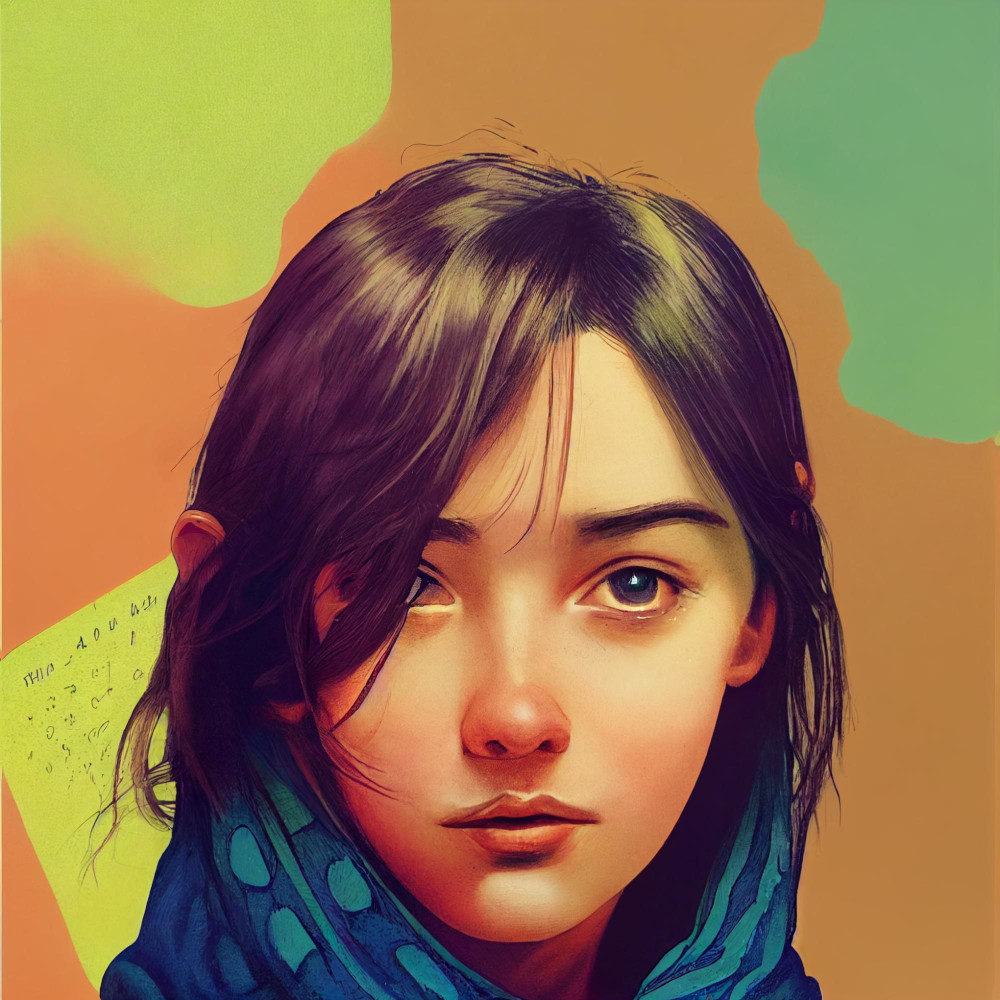
Realism is a style of illustration that focuses on accurately recreating the real world in precise detail. These illustrations seek to capture the physical appearance and characteristics of subjects, objects, and landscapes as they appear in reality.
Illustrators often use a combination of observation and interpretation to create realistic-looking artwork. The technique employed in creating a realistic image stems from the artist’s ability to capture subtle nuances and layers of detail.
They include things like texture, lighting, anatomy, and composition. These components combine to create illustrations that capture physical characteristics and convey emotion and atmosphere.
Overall, realist art does not rely on exaggeration for its effects. Rather, the visual impact comes from how it represents objects and scenes realistically.
It has been used in many different contexts, including book cover art, fine art painting, film plates, landscape painting, advertising illustrations, and more. It can also be used with other formats like photography or animation for special effects or enhanced visuals.
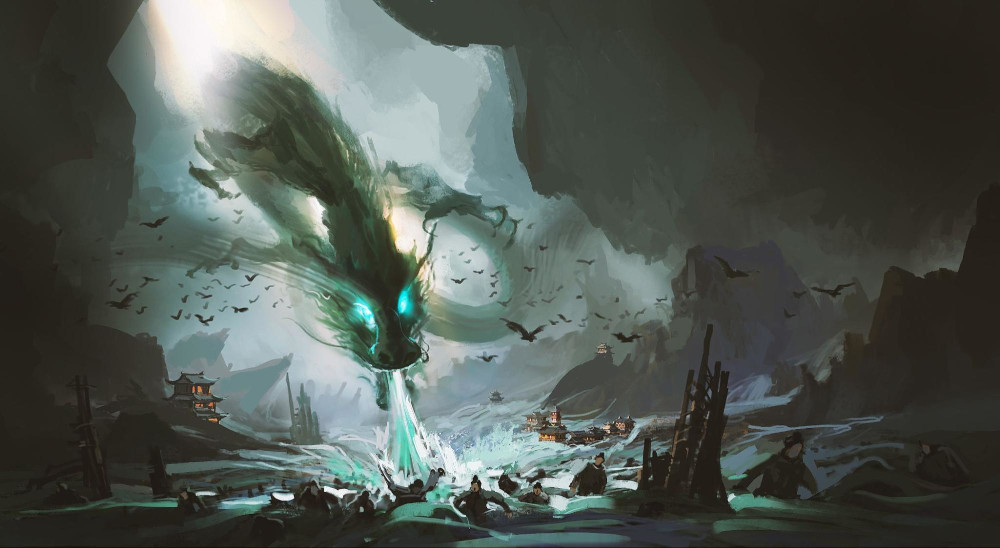
Concept art is a form of illustration that captures the defining characteristics of design and sets the visual style of a project.
Concept art can be used in various mediums, such as films, video games, animations, and advertisements. Through concept art, an artist can create an entire world for their project or develop ideas for characters through sketches and drawings.
A concept artist should be able to take abstract concepts from producers and developers and turn them into visually stimulating artwork that captures the viewer’s attention.

The flat illustration is a visual communication style that relies on using two-dimensional visuals rather than detailed, three-dimensional graphics.
This technique often creates a dynamic and eye-catching look by utilizing unique perspectives and movement to create an illusion of depth and life in the design.
Flat illustration typically consists of simple geometric shapes filled with flat color, which gives the image character without overpowering it with too much detail. It also allows the designer to be more creative by playing around with different shapes and shading techniques to give their work a more dynamic feel.
Flat illustrations are useful in creating visuals for digital and print content, such as apps, websites, editorial pieces, logos, banners, advertisements, flyers, and more. It is a great way to communicate ideas clearly while conveying energy and emotion simultaneously.

The 3D illustration is a type of visual art that creates an illusion of depth and volume in an image. It utilizes various techniques, including lighting, shadows, texture, and perspective, to create a realistic three-dimensional effect.
Adding these elements gives viewers an idea of how something might look in real life rather than just a flat image on paper.
This form of illustration is used widely in many industries, such as product design, animation, architecture, advertising, and gaming.
The use of 3D illustrations provides an effective way for designers and illustrators to represent their ideas in digital spaces accurately. By embracing this technique, they can offer their clients complete visuals that bring their visions closer to reality.
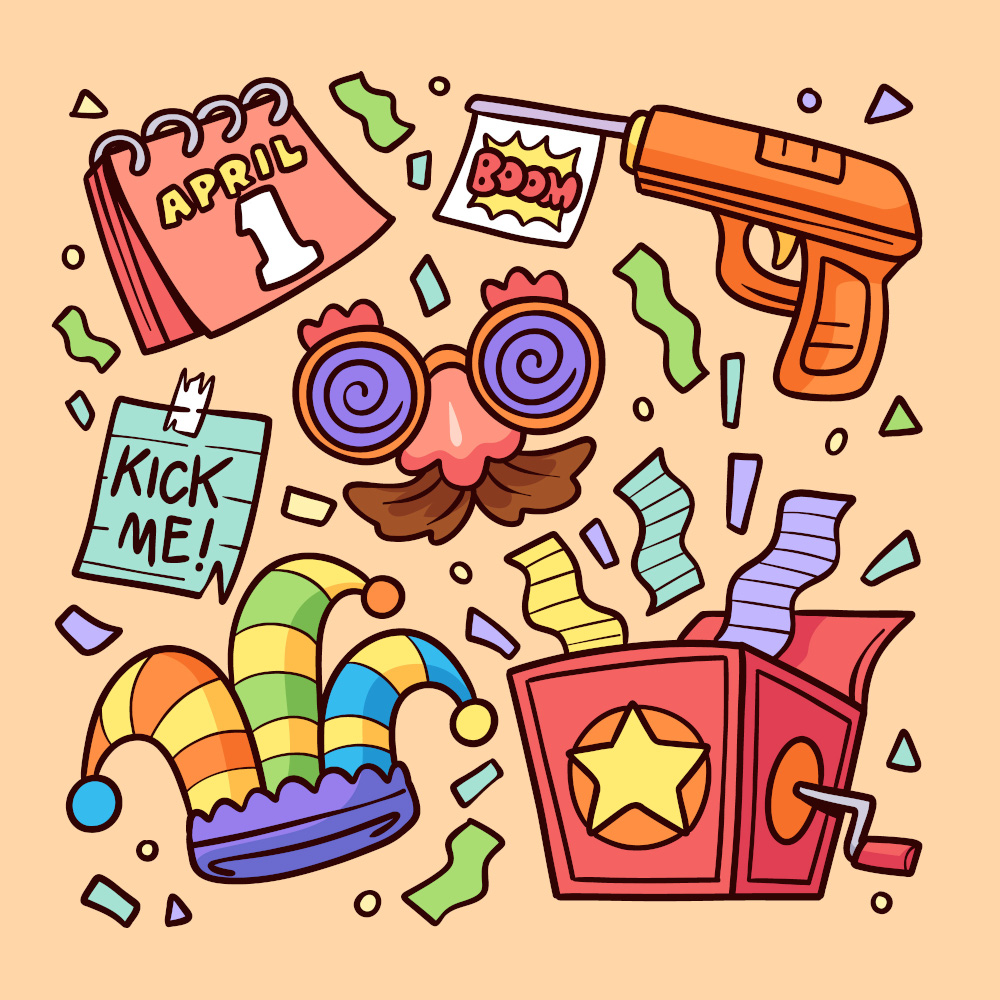
Vintage and Retro style Illustration draws on the styles of past decades to evoke nostalgia or delight. It often incorporates unique design elements such as bold colors, vintage fonts, retro patterns and shapes, and other classic effects. This creates an effect that transports viewers back in time.
This type of illustration is prevalent for themes based on specific eras, such as the ’80s or the Roaring Twenties.
To create this illustration style, the illustrator should be familiar with the nuances and details that make each era unique.
These illustrations can also be used as powerful visual metaphors for current events, such as referencing historic movements during times of social change or celebrating classic designs from decades ago.
Ultimately, vintage and retro illustration takes inspiration from timeless styles and translates them into unique works that reflect our past but can still speak to who we are today.
Technology or medium is the key difference between traditional illustrations and digital illustrations.
Traditional illustrations are created using physical materials such as pencils, pens, paints, markers, and other physical mediums. These mediums are manually manipulated to create artwork that can be presented in various ways, including on paper and canvas. Some of the traditional illustration styles are:
On the other hand, digital illustration uses computers or tablets and digital art software such as Adobe Photoshop and Procreate to create art.
Digital media is more flexible when it comes to making changes or manipulating images.
It also allows artists to experiment with different textures and colors more freely than they could with traditional media.
For these reasons, many artists prefer digital illustration over traditional.
Read more about digital illustration in our comprehensive guide on digital illustration.
We hope this article inspired you to experiment with different techniques and find the style that best suits your message and audience.
Whether you’re looking to create fashion or children’s book illustrations for a publisher, having a good grasp of illustration styles can help take your artwork to the next level.
If you’re getting started as a digital illustrator, feel free to experiment with different styles until you find ones that click.
Our courses “Mastering Lighting and Shading” and “Fundamentals of Drawing” will help you learn all the basic skills required to create eye-catching illustrations.
If you want to create digital illustrations, check out the courses “Digital Drawing in Procreate for Beginners” and “Digital Illustration for Beginners.” These courses provide a comprehensive introduction to the basics of digital illustration and offer guidance on how to use software such as Procreate and Adobe Photoshop.
Whether you’re interested in freehand digital illustrations or vector graphics, these courses will give you the perfect start. You can also check out the collection of our online art courses to improve your artistic skills and find the perfect illustration style for your projects.